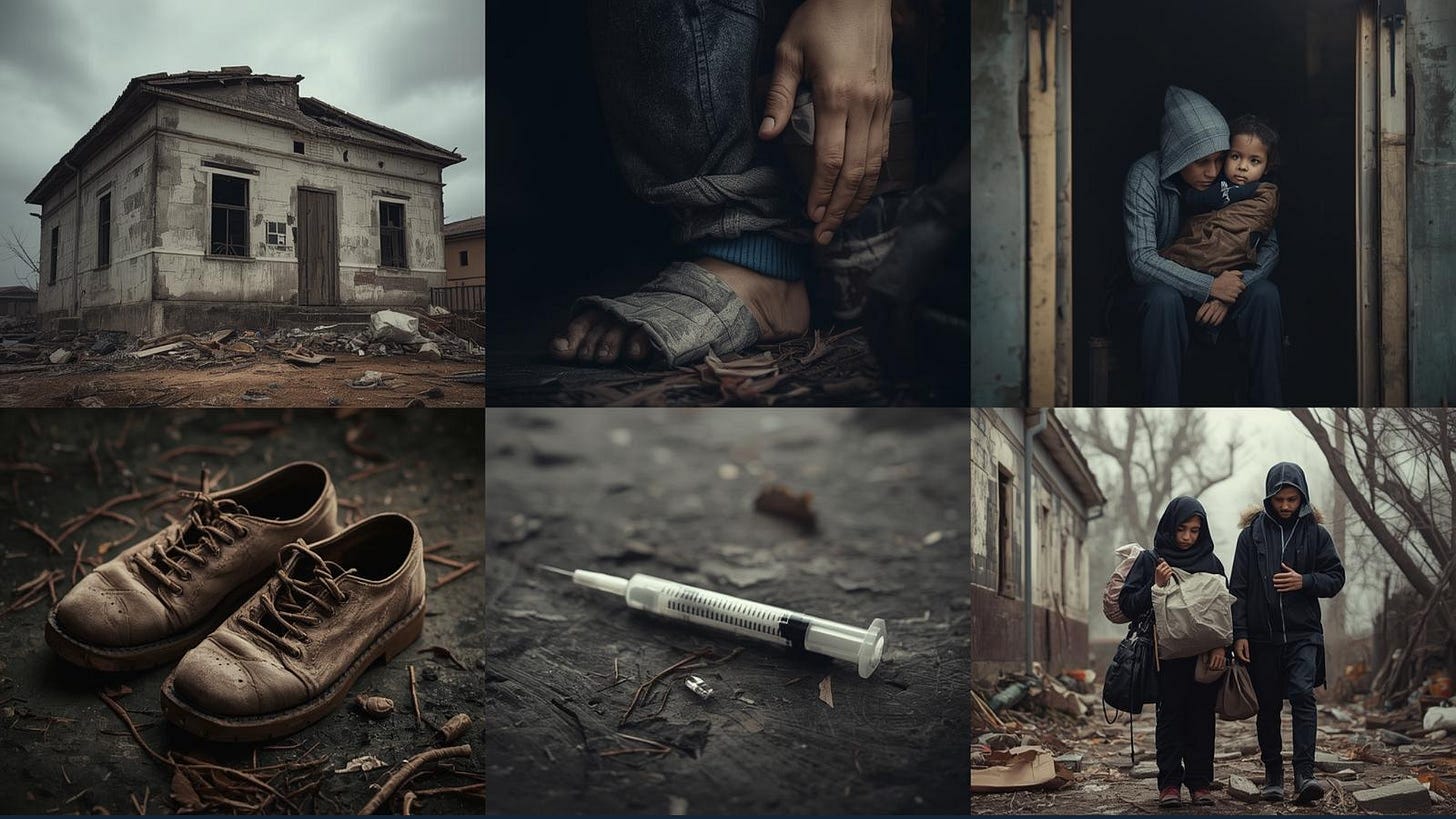Conclusion: Chronic and Systemic Disasters and the Future of Emergency Management
Our final post in this series.
Introduction
This series has examined chronic and systemic disasters through five critical lenses: definition, professional responsibility, ethics, accreditation, and the role of professional associations. These essays have argued that systemic disasters, poverty, homelessness, climate-driven displacement, public health crises, and institutional corruption are not peripheral to emergency management. They are central to the twenty-first-century landscape of risk. Unlike acute disasters, which are bounded in time and geography, systemic disasters unfold across generations, erode resilience, and magnify the impact of every subsequent hazard. The profession must now decide whether to remain narrowly reactive or embrace a broader mandate that addresses the structural conditions shaping vulnerability.
From Definition to Responsibility
Part 1 defined systemic disasters as crises rooted in structural vulnerabilities rather than sudden shocks. Poverty, housing insecurity, and health inequities were shown to be disasters not because of their suddenness, but because of their persistence and capacity to destabilize communities. This definitional shift reframes emergency management as more than technical hazard response; it positions the profession within the broader context of resilience governance.
Keep reading with a 7-day free trial
Subscribe to The Emergency Management Network to keep reading this post and get 7 days of free access to the full post archives.



